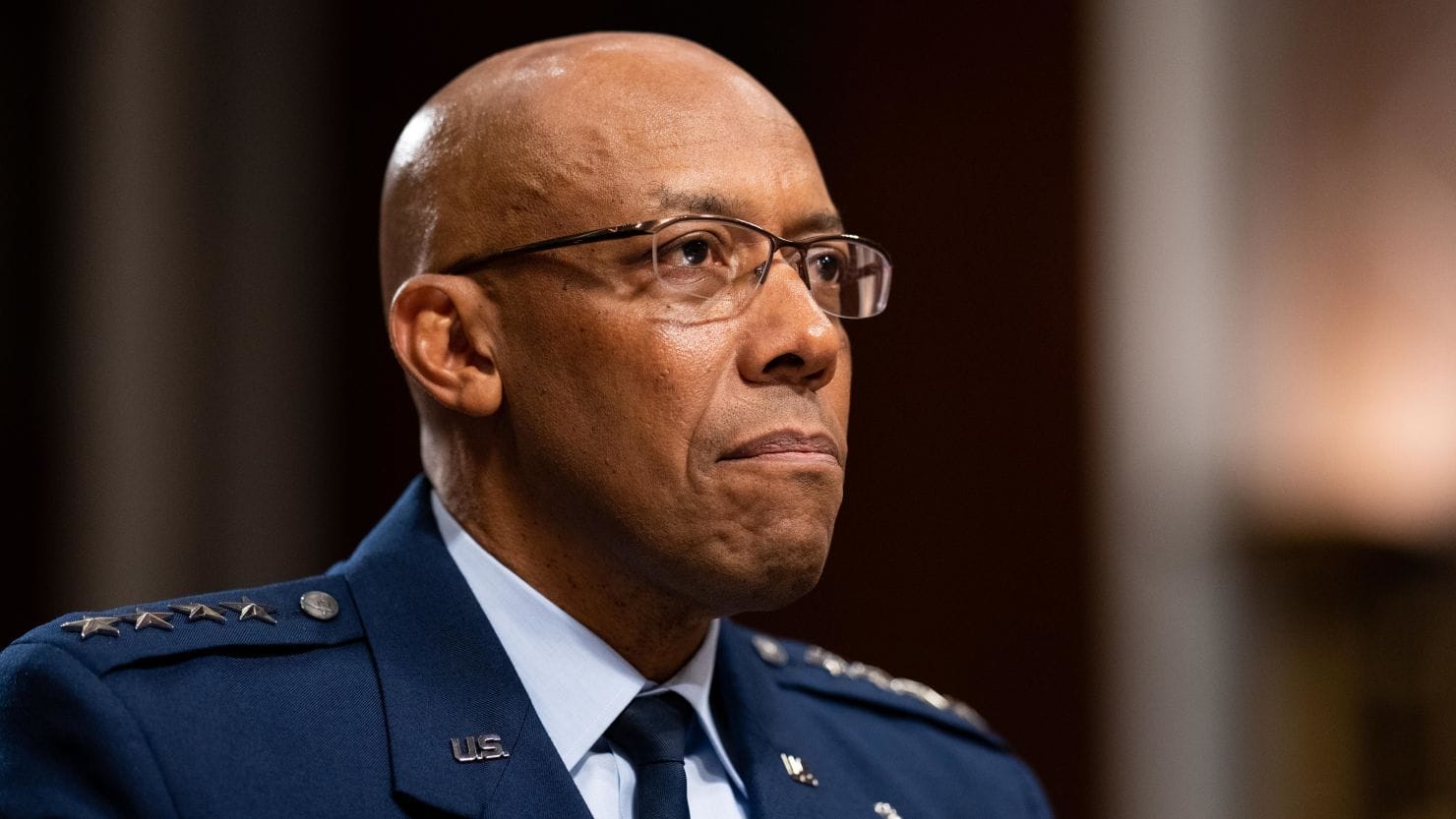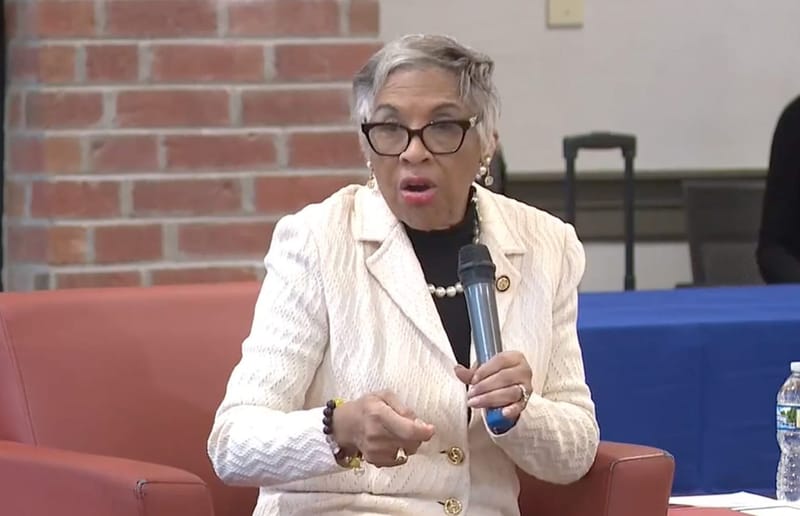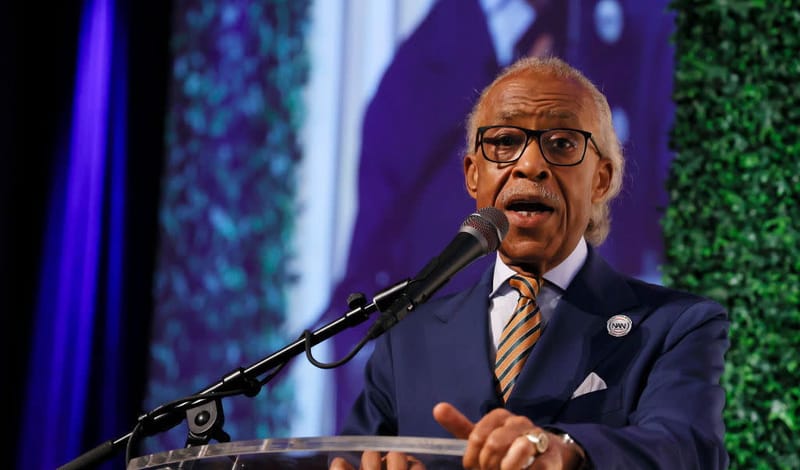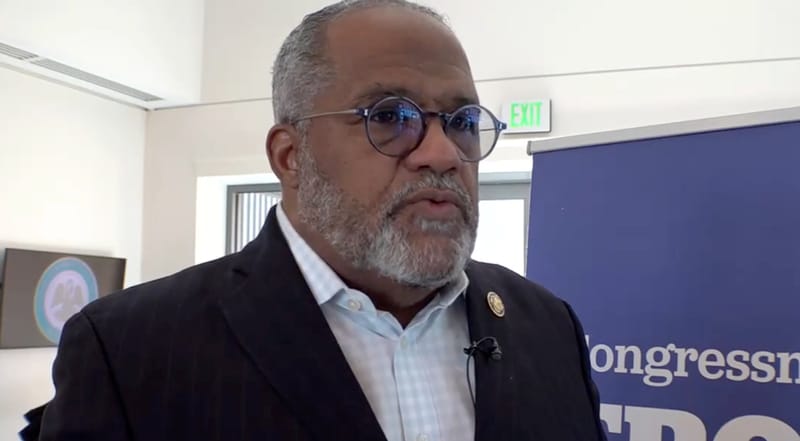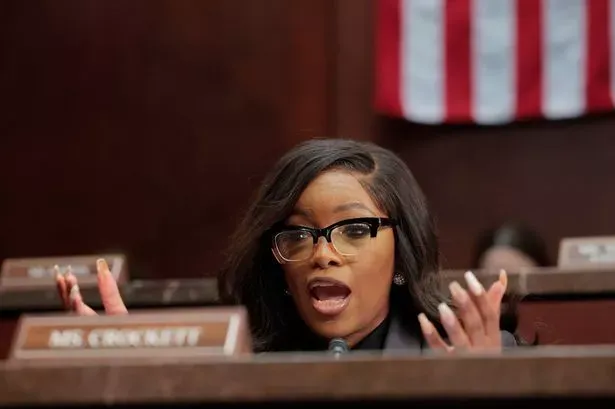Trump Fires Joint Chiefs Chairman Gen. Charles Brown, Sparking Debate Over Leadership Priorities
General Charles Q. Brown Jr., has dedicated his career to strengthening the military’s readiness and modernizing its forces, with an emphasis on adapting to the evolving challenges of modern warfare.
Trump has dismissed General Charles Q. Brown Jr. as Chairman of the Joint Chiefs of Staff, a move that has sparked significant debate over the future direction of U.S. military leadership. Brown, the first Black man to serve as the nation’s top military officer, was removed after mounting criticism from within the Trump administration, particularly from Defense Secretary Pete Hegseth, who had publicly challenged Brown’s leadership approach.
Hegseth, before taking office, had criticized Brown for promoting a “woke” agenda, claiming that his focus on diversity and inclusion detracted from the military’s core mission of national defense. Hegseth and other administration allies argued that the armed forces should prioritize operational readiness over social issues, calling for a shift away from policies they believed could undermine military effectiveness.
“First of all, you’ve got to fire the chairman of the Joint Chiefs,” Hegseth said in a November appearance on the Shawn Ryan Show.
General Brown, however, had dedicated his career to strengthening the military’s readiness and modernizing its forces, with an emphasis on adapting to the evolving challenges of modern warfare. As Air Force Chief of Staff, Brown was widely respected for his efforts to modernize the Air Force’s infrastructure, increase its technological capabilities, and streamline bureaucratic processes. Under his leadership, the Air Force made significant strides in integrating cutting-edge technologies, including artificial intelligence and next-generation combat systems, into its operations.
Brown was also a passionate advocate for making the U.S. military more representative of the diverse nation it serves. His efforts to recruit a more diverse force were designed not just to reflect the population, but to ensure the military could draw from the broadest pool of talent possible. His commitment to diversity, however, became a point of contention with some within the administration, who criticized these efforts as overly political.
In 2020, as the nation grappled with the aftermath of George Floyd’s death, Brown released a powerful and personal video reflecting on his own experiences with racism and the need for the military to confront issues of inequality. The video resonated deeply with many within the armed forces and beyond, as it demonstrated Brown’s willingness to address difficult and uncomfortable issues head-on. His leadership on racial matters in the military was seen by supporters as a necessary step toward fostering an inclusive environment where all service members could thrive.
In his statement announcing the firing, Trump acknowledged Brown’s “over 40 years of service” and praised his leadership. However, the president also nominated retired Lt. Gen. Dan Caine, a former Air Force officer with extensive experience in special operations and national security, to succeed Brown.
While Caine’s credentials are respected, the removal of General Brown has drawn criticism from those who believe his vision for a more modern and inclusive military was not only necessary but critical for the future of the armed forces. His tenure, marked by efforts to address both national security challenges and the need for a more diverse and effective military, has earned him the admiration of many military leaders, veterans, and analysts who believe he was a forward-thinking and unifying figure.
Brown’s ouster is part of a broader shift in military leadership under the Trump administration, with several other top military officials also being replaced, including Admiral Lisa Franchetti, the first woman to lead the Navy as Chief of Naval Operations, and General James Slife, the Air Force’s vice chief of staff.
The debate over Brown’s dismissal underscores larger tensions within the military over the balance between national defense priorities and the need for leadership that reflects the changing dynamics of the country it serves. While Brown’s critics argue that his focus on diversity and inclusion distracted from military readiness, his supporters maintain that his leadership was essential in ensuring the U.S. military remains a powerful, adaptive, and inclusive force capable of meeting the demands of the modern world.


